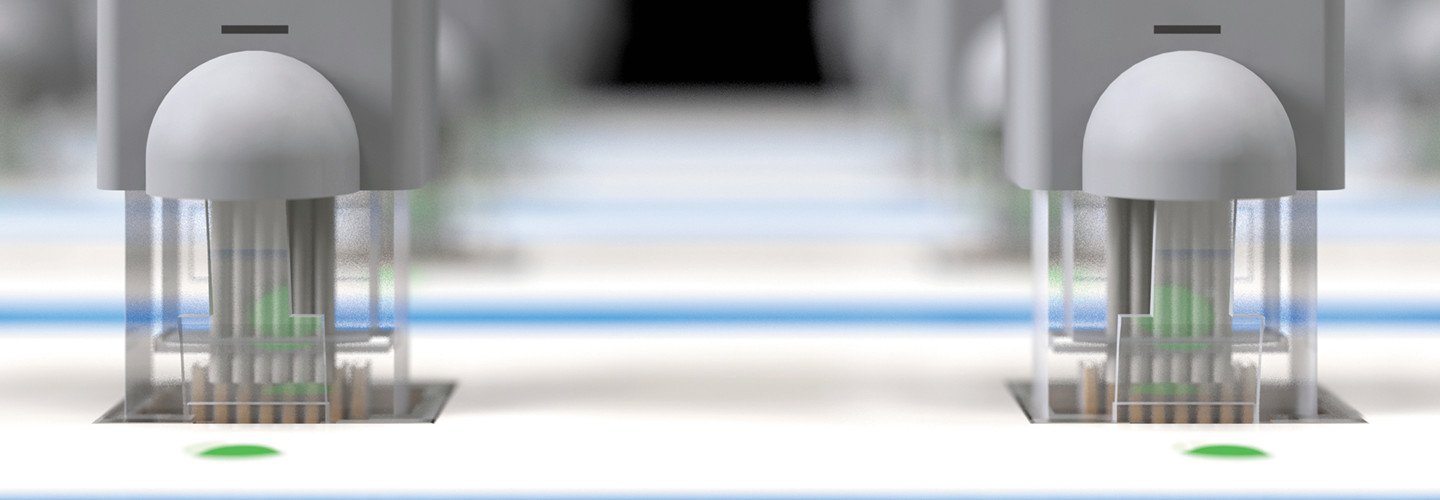Ethernet Hard Drives May Simplify Storage Networking
A new surveillance program in Montebello, Calif., that’s expected to generate terabytes of video has intensified the city’s need for scalable, flexible storage. The increased demand has IS Manager David Tsuen open to future technology, including Ethernet hard drives.
Also called “object drives,” Ethernet hard drives feature IP interfaces with Ethernet interconnects that enable drives to communicate directly with applications. Decoupling servers and storage may eliminate the need for complex, costly storage systems and enable agencies to add storage and compute resources independent of one another.
“Ethernet hard drives could help me achieve my main goal, which is to be able to store and retrieve data as quickly and cost effectively as possible,” Tsuen says.
Reduction in total cost of ownership through lower server costs and power use with Seagate Kinetic HDD
SOURCE: Seagate
Under Development
Seagate and Western Digital subsidiary HGST (formerly Hitachi Global Storage Technologies) have pioneered Ethernet hard-drive technology. Seagate developed the Kinetic Open Storage platform, which comprises storage devices, an object store API and Ethernet connectivity. Meanwhile, HGST’s open Ethernet drive architecture enables developers to take advantage of Ethernet drives without having to modify software to a vendor-specific API and architecture. The Ethernet drives have enough CPU and RAM to run storage services on board.
The focus on “scale out” storage versus scale-up storage is important, according to Mark Carlson, principal engineer for industry standards at Toshiba and vice chair of the Storage Networking Industry Association (SNIA) Technical Council. “You can incrementally add a drive to an existing solution and not only expand storage, but also performance and availability,” he says.
Eventually as the drives become more popular, governments might not need storage controllers or RAID parity anymore. “All of that would be done in the software,” says Carlson, who co-chair’s SNIA’s Object Drive Technical Work Group.
“With power and an Ethernet connection, Ethernet drives can talk to anything in the world and are smart enough to track their own data,” says analyst Jim Bagley. He sees data growth as a prime opportunity to introduce Ethernet hard drives in the enterprise. “Even small municipalities are under pressure from a data collection standpoint, with video inputs all over the place and the need to keep court and police records forever,” he says.
Decreased Downtime
Tsuen agrees that video storage could be a game changer. Montebello is piloting an IP surveillance camera program across the transit system. Linking the cameras directly to storage would be helpful, “especially if it affords speedier transfer of critical data,” Tsuen says.
Ethernet hard drives also feature inherent redundancy — objects automatically move among multiple drives, so a single drive failure doesn’t cause downtime. Carlson says this saves administrators from having to race to replace failed drives.
Johnny Johnson, IT director for Sandy Springs, Ga., is intrigued by the Ethernet hard drives’ disaster recovery capabilities. “Instant failover and continuation of services is something that every IT department is looking for,” he says, adding the city’s current SAN requires a pause for recovery.
Johnson hopes network manufacturers such as EMC and NetApp will help governments integrate Ethernet hard drives into existing SANs.








